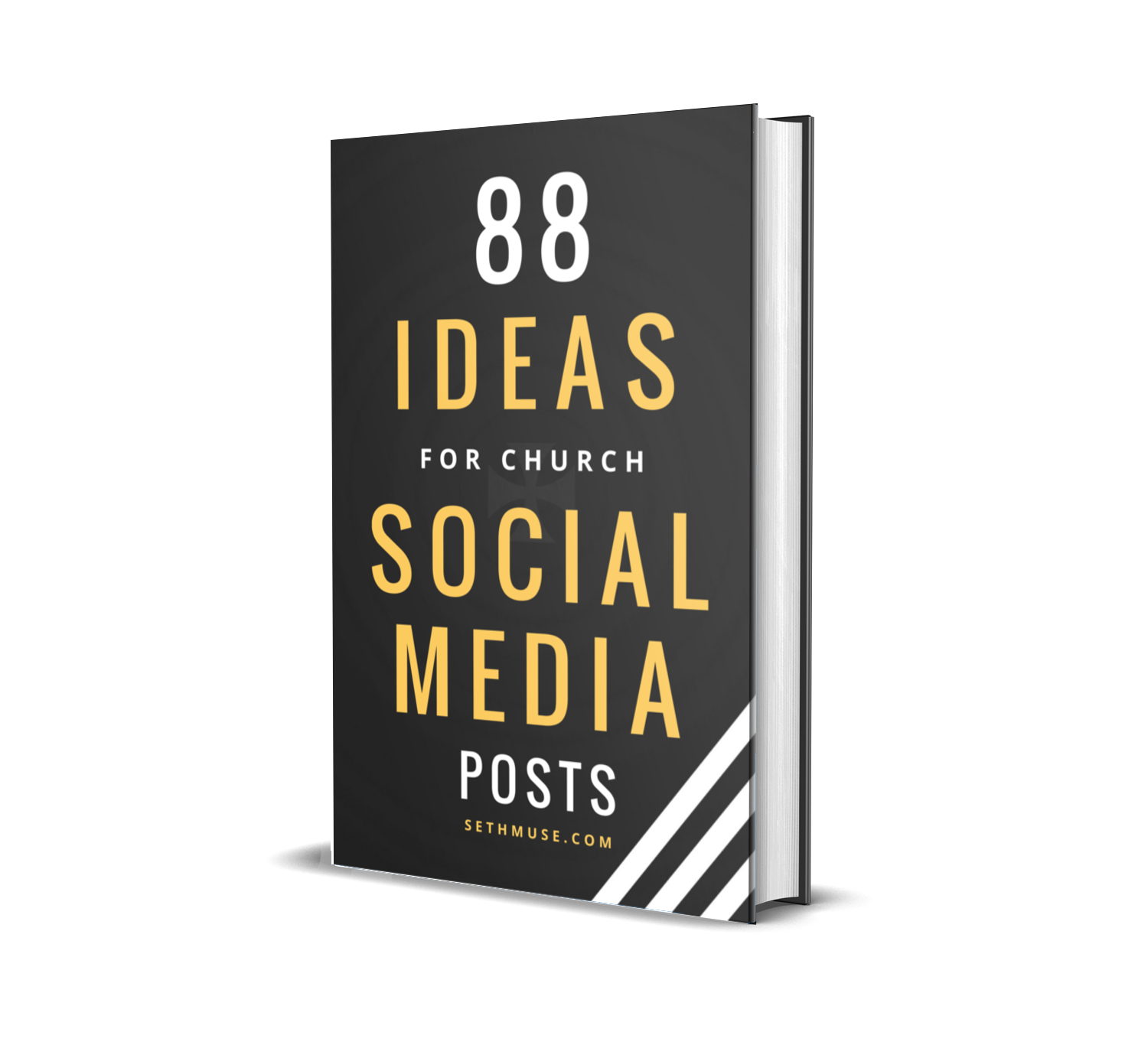Why did I feel compelled to share that horrified potato standing over french fries image or the baby riding a kitten in full party mode gif (that’s an Instagram thing if you missed it)?
Those are great questions.
Many of us share things online and never stop to think about why we might have just done that. We have to wait for our parents and friends to ask us that before it dawns on us that this meme is a little weird.
The things we share online say a lot about us. It speaks to not only who we are, but who we want to be (or who we want people to think we are). A recent study done by the New York Times Customer Insight Group revealed that there were basically 5 reasons people share content online. I’ll tell you what they are and then I’ll tell you how to create content that will scratch these itches for your followers.
Why People Share
To Entertain
49% said they enjoy sharing things that entertain others and the majority of it is meant to be funny.
Representation
68% said they share so that others will get to know them better and become closer. This article is how I feel about x, so I’ll share it so others will know how I feel about x.
To Maintain Relationships
78% say they share things to connect and converse with specific people to stay in touch. I like talking to church communicators, so I share stuff about that.
To Feel Included
69% share just to feel connected to the world and what’s going on in it. I’m with it. I’m hip. Ducka ducka ducka ducka…
To Cause Action
84% share because it makes them feel like they are making some kind of difference in the world. They support causes or issues they care about this way.
So it would make sense to assume that if you want to increase your engagement on social media, the content you create should fit into one of these categories. If you ask these 5 questions, I believe you’ll come up with content posts that do just that.
5 questions to ask to create shareable content
What do they talk about with friends? = Maintain Relationships
TV, movies, and selfies with food may seem trivial in the grand scheme of salvation (and they are), but that’s what your audience is there for: to talk with friends and see what’s up. The second you forget that is the second you start losing the attention of your audience.
When you dive into these topics, you maintain relationships and give them content they will share with their friends too. Your church becomes humanized and a valid “person” to have a conversation with online. Relationship is the name of the influence and trust game. Questions about their favorite place to eat or best movie they’ve seen lately scratch this itch.
How can I tie in Vision? = Representation
Can I use buzzwords or vision-based vocabulary in the caption? Can I show someone who has a great story about community that is living out one of our values? Anytime you can say “Look! They get it!” is great.
You want them to say “I’m proud of what God is doing at my church!” and “These are my people!” If your content represents them and how they tie into your church mission, they will engage and share. Content like quotes and images of serve projects scratch this itch.
Is there a current event I can talk about? = Feel Included
When you find a fun run or a business nearby celebrating an anniversary, you should feel free to post about it. Finding things going on in your community and celebrating them is a great way to connect your church to the community at large and encourage
Is it fun or positive? = Entertain
This is the hard one for churches. We think it’s a waste of time to be silly or enjoy life for some reason. I blame the old Jesus of Nazareth movie. That Jesus was soooo somber. Like Prequel Jedi Jesus, masking all emotion.
When our content aims at the funny bone, we not only further humanize our church on social media, we also invite the ancient art of smiling into the mix, which I hear is good medicine. Posts like behind the scenes shenanigans or a #fridayfunday meme in good taste (think dad jokes) can really scratch that entertainment itch.
If you don’t think that’s important, then ask yourself why the greatest competition for mainstream theology about Jesus isn’t the philosopher but the actor and the musician.
Does it show a positive future with Jesus? = Cause Action
Rebellions are built on hope and the only real rebellion left in the world is against sin. We share stories that show a positive future with Jesus because we want them to be motivated to change. We want to give them hope. Because without hope, we won’t have any more Star Wars movies.
Content that scratches this itch is the “I once was lost, but now I’m found” story. It’s quotes from people’s testimonies with a candid photo of them. These types of posts show that there are real people who have changed, which encourages others to take their first steps into a larger world by following Christ.
If you will ask yourself these questions about your content, you’ll create content that engages your audience more regularly. What do you think? Any questions you would add? Throw out your best content idea in the comments and let’s help each other out!

Everybody needs help.
I hear this question all the time from church communicators: How do I keep posting fresh, new ideas to my church social media channels?
This PDF has 88 ideas that will help you get conversations started on social and bring value to your followers.
Join my very fun email list and I’ll send it to you within seconds!

